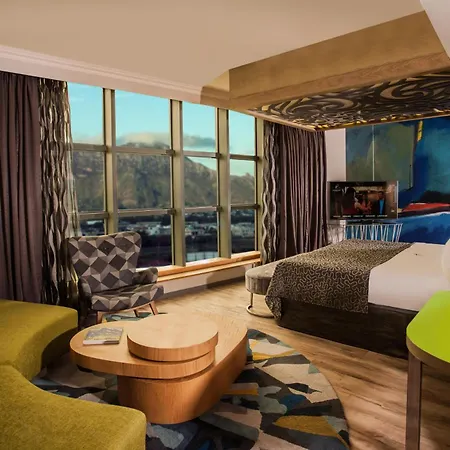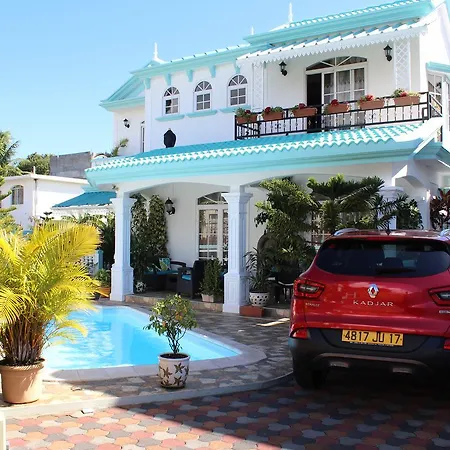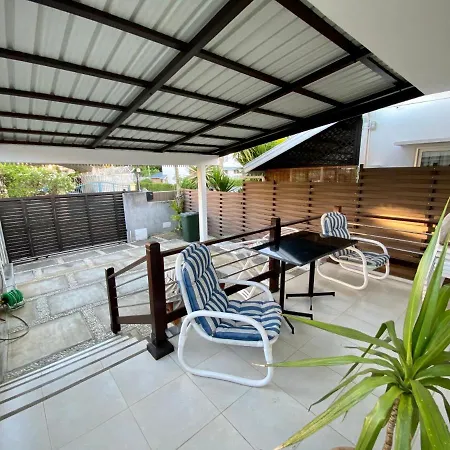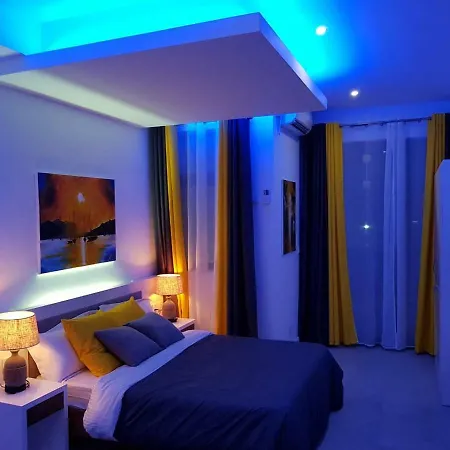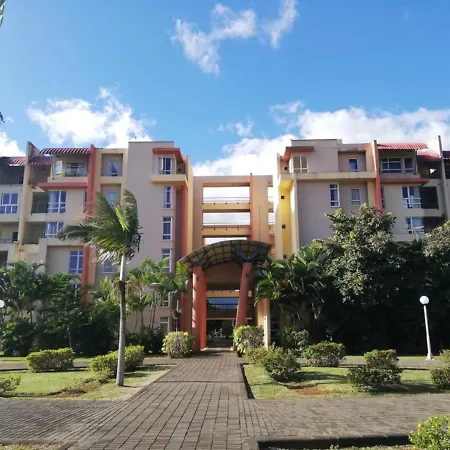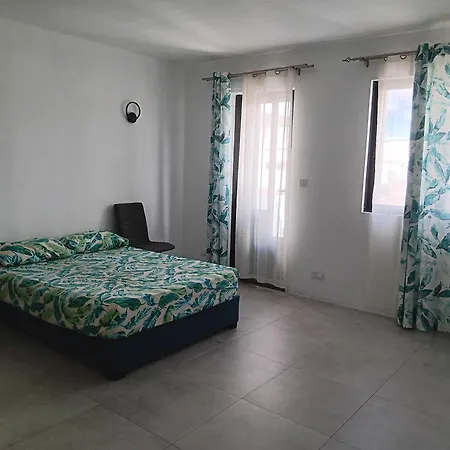Kelantan Hotels for Your Next Holiday
Why Tourists Visit Kelantan
- • Visit the picturesque Pantai Cahaya Bulan and other beaches.
- • Explore the bustling Siti Khadijah Market for souvenirs and local food.
- • Discover Kelantanese history at Istana Jahar and the Kelantan State Museum.
- • Watch traditional shadow puppetry, or wayang kulit, performances.
- • Enjoy authentic Kelantanese dishes like nasi dagang and laksam.
Kelantan boasts over 150 hotels, with most options available in Kota Bharu, the state capital, offering diverse accommodations ranging from budget to luxury. 3-star hotels in Kota Bharu cost around $35 to $50 per night, featuring properties like the Crystal Lodge, while 5-star luxury hotels average $80 to $100 per night, such as Perdana Kota Bharu. The region has seen new additions like the Al Khatiri Hotel, which stands out for its modern architecture, halal-certified amenities, and a convenient location near the shopping district.
Kelantan, located in northeastern Malaysia, attracts tourists with its unique blend of traditional Malay culture and serene landscapes, featuring iconic attractions like the Handicraft Village and Craft Museum, Istana Jahar, and the vibrant Siti Khadijah Market.
The region is renowned for its batik and songket textiles, expansive paddy fields, and coastal areas like Pantai Cahaya Bulan and Tok Bali that offer a peaceful escape.
With a slower pace compared to other Malaysian states, Kelantan offers visitors an immersion into its rich heritage, colorful markets, and mouthwatering dishes like nasi kerabu and ayam percik.
Kelantan Tips You Must Know
• Book during weekdays or the off-peak monsoon season (November to January) for lower prices.
• Secure accommodations near Kota Bharu for ease of access to key attractions and markets.
• Rent a car or use ride-hailing apps like Grab for convenient transportation.
• Check with hotels on halal certification if it’s essential, as most cater to Muslim travelers.
• Bring cash for local markets, as small vendors often do not accept credit cards.


